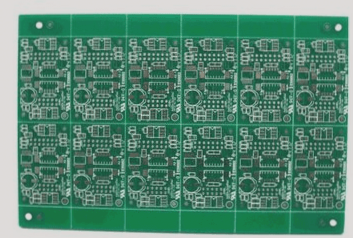Common Mistakes in Schematic and PCB Diagrams
-
Common Errors in Schematic Diagrams:
- Signal connections missing from the ERC report pin due to:
- Missing I/O attributes for pins defined during package creation
- Inconsistent grid settings altering connections when components are created or placed
- Reversed pin directions during component creation leading to unconnected ends
- Components extending beyond the drawing boundary, often caused by improper centering within the component library
- Partial import of netlist into the PCB project file due to global option not selected during netlist generation
-
Common Errors in PCB Design:
- Error reported: “NODE not found” when loading the network because:
- Components in the schematic use packages not present in the PCB library
- Components in the schematic use packages with mismatched names in the PCB library
- Components in the schematic use packages with mismatched pin numbers compared to the PCB library
- Difficulty in printing the design on a single page due to improper design origin setting and component movement
- DRC reporting network divided into multiple sections indicating incomplete connectivity
-
Additional Tips:
- Use Windows 2000 to reduce the risk of system crashes
- Export files multiple times to create new DDB files for reduced size and minimized freezing risks
- Avoid relying solely on automatic routing for complex designs
-
PCB Routing Best Practices:
PCB routing is a critical step in product design, involving single-sided, double-sided, and multilayer routing methods. Interactive routing can pre-wire critical lines before automatic routing. Ground wires can be used for isolation, and routing of adjacent layers should be perpendicular to minimize interference.
-
Efficient Automatic Routing:
Automatic routing efficiency depends on well-organized layouts with preset routing rules. Start with complex routes, connect short wires quickly, and optimize the global routing path for enhanced performance.
-
Advanced PCB Design Techniques:
In high-density designs, blind and buried-hole technologies conserve routing channels, making the design process more efficient.
-
Mastering PCB Design:
PCB design mastery requires hands-on experience and practice by electronic engineering designers.



